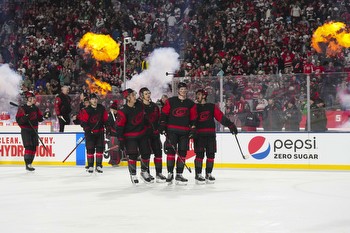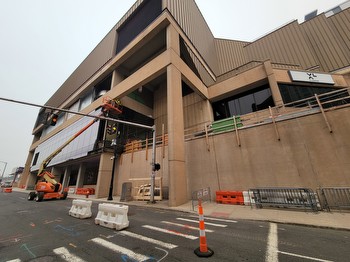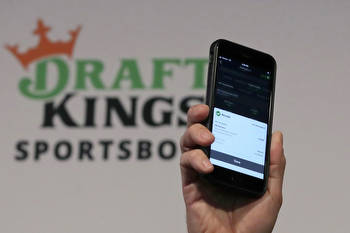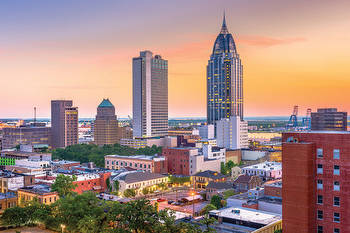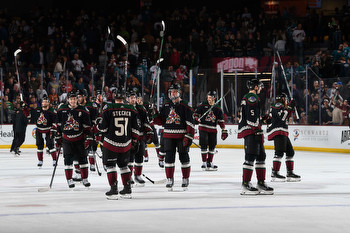Odds say the Arizona Coyotes won't move to CT as the Whalers

It's been 26 years since the Hartford Whalers hockey team won their last-ever home game 2-1 and tearfully waved farewell to their Connecticut fans. Every few years since then, like noisy cicada bugs, we see a fresh effort to bring major-league NHL action back to Connecticut.
We're at it again as the Arizona Coyotes flounder in the Phoenix area. Voters there last week rejected a taxpayer-financed stadium for a losing team. A move is likely. This could be our break!
No question, the return of an NHL Whalers franchise would boost all of Connecticut's spirits and help the state attract new residents.
We're a longshot. But according to the website Bookies.com, we're in the game. On Monday, Bookies set the odds of a Hartford victory at 9.1 percent, trailing Houston at 29 percent, Kansas City at 18 percent and Salt Lake City at 17 percent, then Atlanta, Milwaukee and Toronto (for a second NHL team). Hartford finished No. 7 in the odds, an emotional favorite ahead of long-suffering Quebec City, which lost its Nordiques in 1995.
My colleague Jonah Dylan, who has documented the rising hopes by Mayor Luke Bronin and Gov. Ned Lamont, told Dylan on Friday he's meeting with NHL Commissioner Gary Bettman. The idea has merit on some levels.
"I think there is a credible case to be made for CT and Hartford," UConn economist Fred V. Carstensen said in an email to me this weekend, attaching a 2011 study by his Connecticut Center for Economic Analysis. An investment in the old XL Center in downtown Hartford could spark enough activity to generate 1,500 permanent jobs and $50 million in new activity, the report showed.
Carstensen added, "nothing ventured, nothing gained."
Alas, dear fellow Whalers fans past and future, it's not going to happen. Here are five reasons why.
And keep in mind, the effort itself could hurt Connecticut because it raises false hopes and takes our eyes off the goals we really can achieve – like reopening riverfronts, developing transit and housing that actually work together and supporting public art in a grand enough way to attract people back to the state.
1. Central CT is a small market with a less-than-rabid fan base
At 1.2 million people, metro Hartford was and would again be one of the smallest U.S. markets in all of major-league sports. We can get around that, like Green Bay and Nashville, especially with Connecticut's wealth. But in the 21st century, it helps to have a dedicated sports TV network to supporting a $1 billion enterprise. Even with metro New Haven (which accounted for a quarter of all Whalers attendance), a network like MSG or NESN isn't viable here.
As for the fan base, we like to recall rabid cheering. Sorry, I was at many of those games including the last one and the picture was decidedly mixed. "Hartford was never a hockey town, it was a Whalers town. That’s how we sold it," Jay Sloves, whose marketing firm, Elkinson & Sloves, worked with the team starting in 1981. "The guys on the ice were our neighbors, they stuck around. They had a softball team." Different era.
Said Patrick Sullivan, a longtime Whalers fan and lobbyist: "It was a blue-collar base supplemented by the Aetna and the big corporations…It was a half-and-half crowd." The corporate half was, to be blunt, largely lackluster in the stands, reflecting the reserved personality of Nutmeggers. One of my former colleagues tells a story of New York Rangers fans -- who showed up in force -- making so much noise that a Whalers fan told them to quiet down.
2. The corporate base has shrunk
Aetna owned a hefty chunk of the team and in 1975, the insurer opened the old Hartford Civic Center, now the XL Center. It filled thousands of the seats along with United Technologies, Connecticut Mutual, Northeast Utilities and Phoenix. Today those companies are all based elsewhere and The Hartford is half its old size. We still have Travelers in the city and Cigna and Stanley Black & Decker in the Hartford area.
Fairfield County hedge fund money can matter -- Greenwich multi-billionaire Steve Cohen owns the Mets -- but for ongoing support and winning over the NHL owners, you need local corporations.
3. New England is the territory of the Rangers and Bruins
It's long been whispered that Bettman, the NHL Commish then and now, put out word after Peter Karmanos bought the Whalers that the league would like a move out from the land of the New York and Boston teams. Karmanos decamped the Whale to North Carolina, where it plays as the Hurricanes. I have no proof that Bettman tipped the scale but it passes the logic test. Besides, it's clear that Boston and New York -- influential, old-line franchises -- would like to keep Connecticut fans to themselves.
Sloves, the marketing guy, asked: "Does it help the NHL’s brand to put a team between Boston and New York? Even if you have the money, can you get a buy-in from the NHL?" He was just raising the issue. I'll answer it. Any move requires a super-majority vote of owners. Not happening.
4. The NHL has fully adopted the Sun Belt
Yeah, yeah, I know, Connecticut is a great hockey state with the NCAA champion Quinnipiac Bobcats, Yale, UConn and youth squads in every upscale town. But Bettman has won Dixie and the Southwest. Consider, eight teams in the league occupy the Sun Belt including all four contenders still in the 2023 Stanley Cup playoffs -- Florida, Carolina (boo!), Las Vegas and Dallas. (Tampa Bay has won two Stanley Cups.) Canada has seven teams, by comparison. Bettman is looking to expand the league geographically, not hem it back in.
5. We have no arena and no political will to pay for one
The XL Center, 48 years old with a 1960s design, is about to undergo a $100 million-plus makeover under the Capital Region Development Authority. That's great for maintaining a healthy UConn basketball presence, minor league hockey (Go Wolf Pack!) and bigger concert acts. It's not enough for major league hockey. For that, someone (read: taxpayers) would need to pony up either $300 million for a complete interior redo, or better still, $800 million for a whole new arena.
Former Gov. Dannel Malloy learned the political will wasn't there for either of those options. Of course, the state has more money now but I'm not seeing a rightly skeptical legislature write that check. As Arizona is finding out, it's close to impossible to make a public-private partnership work. Kansas City, Quebec City, Houston, Atlanta and other competitors all have decent hockey halls or the means to convert one.
I hope I'm wrong. I'll eat crow early and often if Lamont can pull this one off -- as long as I can cover that home opener.











